Intricate brown cladding covers it like skin.
From the inside, it looks like a black, webbed cage.
As a white man of a certain age--old enough to remember Martin Luther King's assassination--it's pretty hard not to feel a sense of retroactive shame, especially in the lower galleries. They document the capture of Africans and their enslavement in America. Nobody will be making a musical about Thomas Jefferson soon.
The museum closely examines the economic forces that perpetuated slavery in the South.
An actual slave cabin reminded me of the shacks I saw on childhood road trips through the deep south. The obvious poverty of the black children who played outside made me look away.
Freed African Americans were pioneers just like everybody else, looking for a better life in the West.
Railroad car accommodations simply illustrate the inequities of segregation.
Passage of the 13th Amendment, which ended slavery as it had once been practiced, carved out an exception that exists today. Wardens at prisons like Louisiana's notorious Angola, located on a former plantation, continue to treat inmates, mostly African American, like chattel by forcing them to work on chain gangs.
Racists in Mississippi murdered Emmett Till, barely a teenager, two years after I was born.
His mother Mamie insisted on an open coffin. She wanted people to see what white Americans had done to her son for looking at a white female cashier in a convenience store "the wrong way." The museum re-creates the experience of standing in line at his funeral.
Nobody remains unscathed.
In a welcome trajectory, the museum's upper galleries celebrate African American achievements
Medal of Honor recipients line one wall. It's hard to imagine why any would have fought for a country that treated them as badly as America. During World War I, segregated black units could fight only alongside the French!
This private doesn't look much older than Emmett Till.
Muhammad Ali gets his own room.
He used his mouth as much as his boxing gloves.
A separate exhibition honors Oprah.
Ebony magazine was once one of the few platforms for black celebrity.
The museum doesn't overlook the contribution of anonymous and lesser known African Americans. Like nurses.
Did you know that Madame CJ Walker presided over a hair processing empire that employed more than 20,000 people? She's buried in Woodlawn cemetery in the Bronx.
Silver statues bring the Sports gallery to life.
In Berlin's 1936 Olympics, Jesse Owens proved to the world that black athletes ran faster than Aryans.
How different is kneeling during NFL games from raising a fist at the 1968 Olympics? The more things change, the more they stay the same.
Michael Jordan avoided controversy during his glorious career
. . . while the Williams sisters keep on (mostly) winning.
Even I know who wore this number.
Here's Jackie, who broke the color barrier in Major League Baseball, sliding into home. Chadwick Boseman, the Black Panther, did a great job of playing him AND James Brown AND Thurgood Marshall on the silver screen!
Jim Brown got a movie deal, not a statue. I wonder if Emmett Till's murderers saw "100 Rifles"?
The museum's top floor is a total treat for a pop culture junkie like me. It's as if you've climbed from hell to heaven.
Where to go first?
The curators need to mount a "Black Panther" exhibit, fast. Sure, I have a contemporary bias, but you've probably barely heard of the other films included.
The comedy gallery resurrected Flip Wilson for me. How can somebody as funny as Richard Pryor have disappeared so completely?
A video shows how world-renowned actor Paul Robeson used his oratorical skills to inveigh against segregation.
"For Colored Girls Who Have Considered Suicide . . . " was one of the first shows I saw on Broadway as a young adult.
The art on display proves that the gatekeepers of that world have been less welcoming of black talent. Aside from a bust of Martin Luther King, Jr., little of the vivid work on display rang any bells.
Clementine Hunter's paintings of plantation life fill a small room.
The Music gallery doesn't play favorites, even among giants.
Memorabilia, clothing and instruments represent all genres.
Marion Anderson's diary:
Louis Armstrong's trumpet:
Chuck Berry's Cadillac:
Ray Charles's jacket:
Sammy Davis Jr.'s tap shoes:
Sly Stone's lyrics for "Hot Fun in the Summertime"
Parliament-Funkadelic's space ship:
Donna Summer's "Bad Girls" on eight-track (!):
A promotional tool for Fishbone:
One of Michael Jackson's final concert tour outfits:
Prince's gold record for "1999":
Even Nona Hendryx got a shout-out!
I definitely would have added "Boys" to the exhibit's interactive playlist.











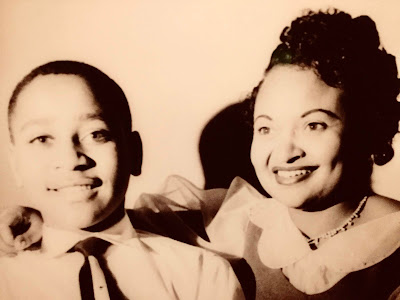




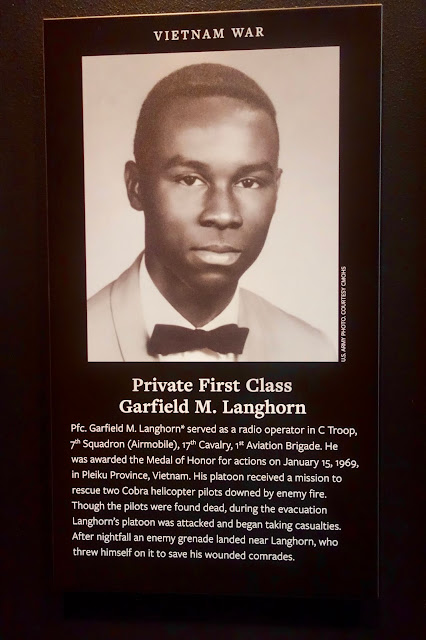


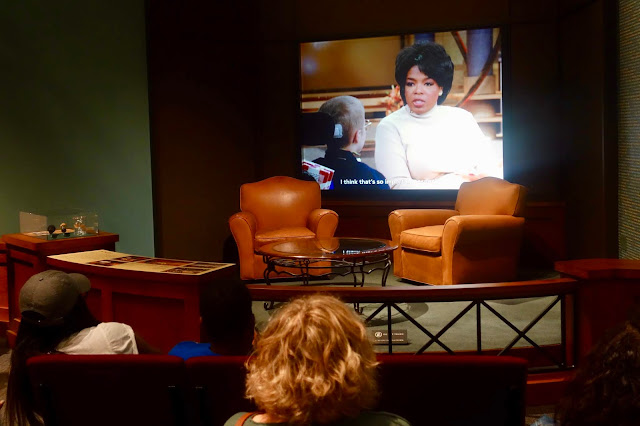









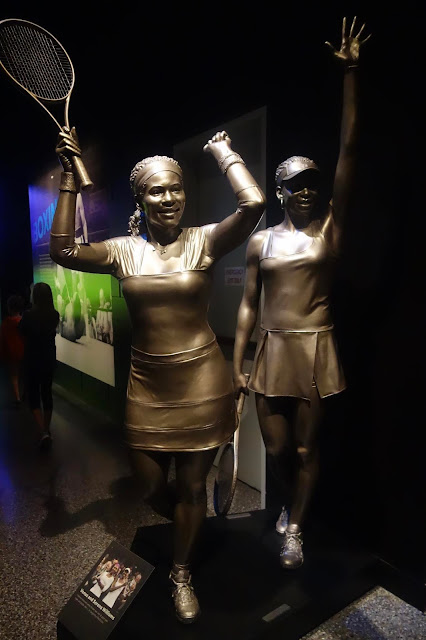


















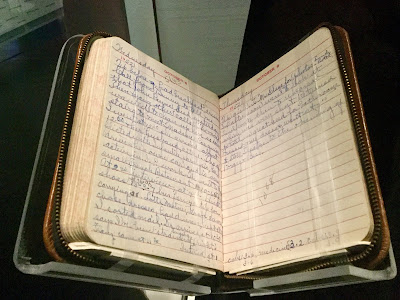






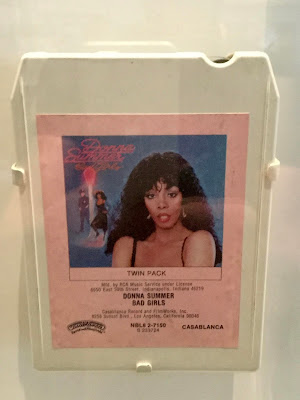





No comments:
Post a Comment